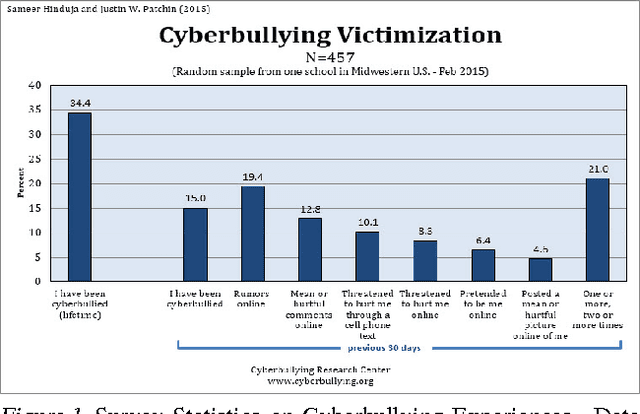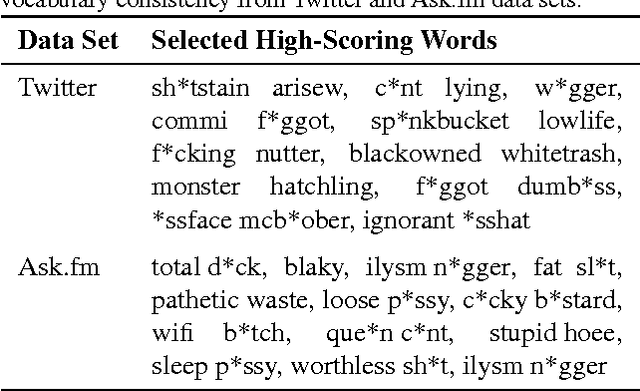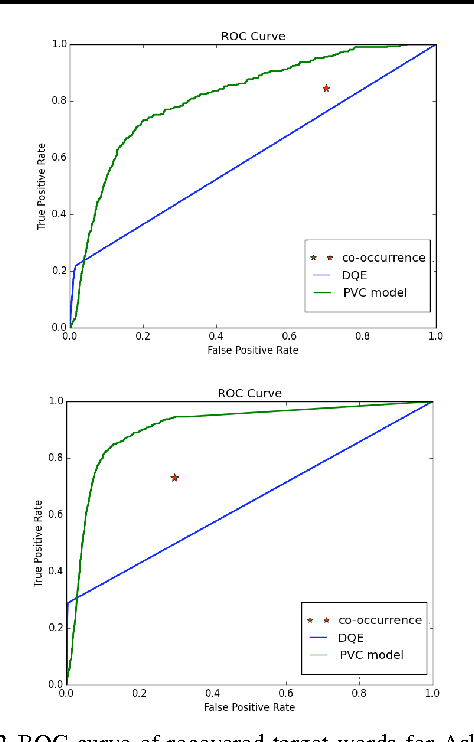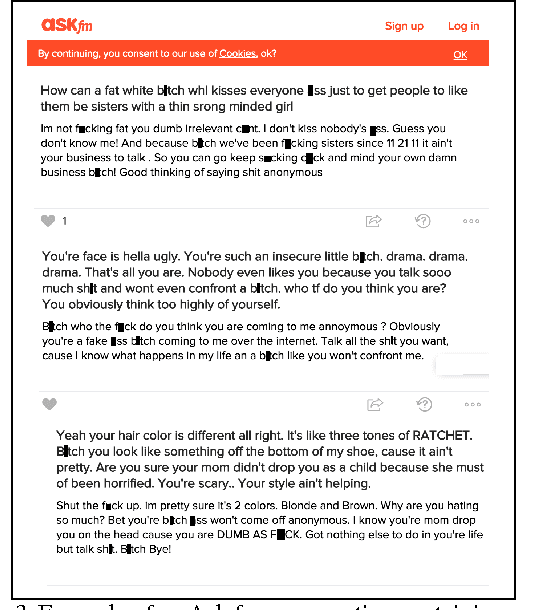Cyberbullying Identification Using Participant-Vocabulary Consistency
Paper and Code
Jun 26, 2016



With the rise of social media, people can now form relationships and communities easily regardless of location, race, ethnicity, or gender. However, the power of social media simultaneously enables harmful online behavior such as harassment and bullying. Cyberbullying is a serious social problem, making it an important topic in social network analysis. Machine learning methods can potentially help provide better understanding of this phenomenon, but they must address several key challenges: the rapidly changing vocabulary involved in cyber- bullying, the role of social network structure, and the scale of the data. In this study, we propose a model that simultaneously discovers instigators and victims of bullying as well as new bullying vocabulary by starting with a corpus of social interactions and a seed dictionary of bullying indicators. We formulate an objective function based on participant-vocabulary consistency. We evaluate this approach on Twitter and Ask.fm data sets and show that the proposed method can detect new bullying vocabulary as well as victims and bullies.
 Add to Chrome
Add to Chrome Add to Firefox
Add to Firefox Add to Edge
Add to Edge